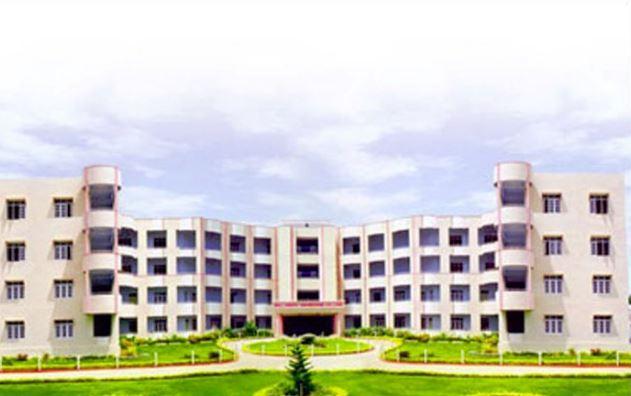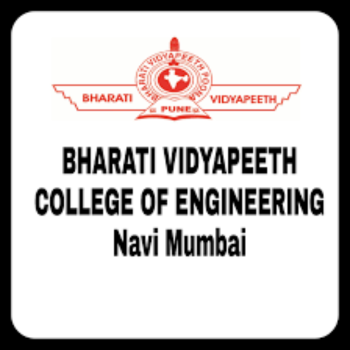Sambhram Institute of Technology Bangalore has established itself as a notable destination for technical education, with a strong emphasis on bridging academic learning and industry requirements. The institution’s placement cell actively cultivates corporate partnerships and implements systematic training programs to prepare students for diverse career paths. While computer science-related disciplines dominate recruitment trends, the institute also supports core engineering branches through specialized industry collaborations.
Table of Contents
- Sambhram Institute of Technology Placement Overview
- Sambhram Institute of Technology Trends Across Engineering Disciplines
- Sambhram Institute of Technology Bangalore Postgraduate Program Dynamics
- Sambhram Institute of Technology Institutional Support Systems
- Sambhram Institute of Technology Bangalore-Alignment with Industry Requirements
- Sambhram Institute of Technology Challenges and Strategic Shifts
Sambhram Institute of Technology Placement Overview
| Branch/Course | Avg Package (INR) | Highest Package (INR) | % Placed / No. Placed | College Avg Placement (INR) | Additional Info | Student Review on Placement Data |
| BE Computer Science & Engineering | 4-6 LPA | 8-12 LPA | 70-75% | 4.5 LPA | Core IT recruiters like Infosys, Wipro participate | Decent placements for CSE with mid-sized companies |
| BE Artificial Intelligence & Machine Learning | 5-7 LPA | 10-14 LPA | 65-70% | 4.5 LPA | Emerging specialization with niche roles | Limited AI-specific roles but good CS base placements |
| BE Electronics & Communication Engineering | 3.5-5 LPA | 7-9 LPA | 60-65% | 4.5 LPA | Mix of core and IT companies | Average ECE placements compared to CSE |
| BE Information Science & Engineering | 4-5.5 LPA | 8-10 LPA | 68-72% | 4.5 LPA | Similar to CSE placement pattern | ISE placements comparable to mainstream CS branches |
| BE Mechanical Engineering | 3-4.5 LPA | 6-8 LPA | 55-60% | 4.5 LPA | Core manufacturing companies visit | Fewer opportunities compared to CS streams |
| MBA | 3.5-5 LPA | 7-9 LPA | 60-65% | 4.2 LPA | Regional companies dominate recruitment | Placements adequate for tier-2 college |
| M.Tech | 3-4 LPA | 6-7 LPA | 50-55% | 3.8 LPA | Limited research-oriented roles | Most students pursue PhD after M.Tech |
| MCA | 3-4.5 LPA | 6-8 LPA | 58-62% | 4.0 LPA | IT services companies main recruiters | Better placements than average MCA colleges |
Sambhram Institute of Technology Trends Across Engineering Disciplines
Computer Science & Engineering (CSE) leads in placement rates (70–75%) and compensation, with average packages ranging between INR 4–6 LPA. Major IT firms such as Infosys and Wipro frequently recruit graduates for software development and IT support roles. While the highest packages reach INR 12 LPA, these are typically offered by product-based companies or startups seeking niche skills. The Artificial Intelligence & Machine Learning (AI/ML) specialisation shows promising traction, with average packages (INR 5–7 LPA) slightly surpassing traditional CSE figures. However, students note that many AI/ML graduates still secure conventional software engineering roles rather than specialized AI positions, reflecting the evolving nature of this field in industry demand. Electronics & Communication Engineering (ECE) and Information Science & Engineering (ISE) exhibit comparable placement rates, though ECE salaries lag by 10–15% due to a mix of core electronics and IT roles. ISE graduates benefit from curriculum alignment with software development, making them competitive for IT placements. Mechanical Engineering faces stiffer challenges, with 55–60% placement rates and lower compensation ranges (INR 3–4.5 LPA). Core manufacturing companies drive these placements, often requiring relocation to industrial hubs.
Sambhram Institute of Technology Bangalore Postgraduate Program Dynamics
The MBA program sees moderate success, with regional companies accounting for 60–65% of recruitment. Roles in sales, operations, and HR dominate, with leadership-track positions remaining scarce. M.Tech placements are limited by the industry’s preference for undergraduate engineers in technical roles, prompting many postgraduates to pursue doctoral studies or research positions. MCA outcomes outperform national averages for the course, buoyed by steady demand for software testers and backend developers.
Sambhram Institute of Technology Institutional Support Systems
Sambhram’s placement strategy emphasizes multi-phase preparation:
- Technical skill development: Coding bootcamps, hackathons, and certification programs in partnership with ed-tech platforms
- Industry projects: Mandatory internships and live project opportunities with partner companies
- Soft skills training: Communication workshops, group discussion simulations, and mock interview sessions
The institute hosts an annual Tech Connect symposium, inviting industry leaders to conduct technical workshops and pre-placement talks. A dedicated Corporate Relations Cell maintains year-round engagement with 150+ companies, organizing spot recruitment drives for niche roles.
Sambhram Institute of Technology, Bangalore-Alignment with Industry Requirements
Emerging trends shaping placement activities include:
- Product-based recruitment: Startups and mid-sized firms offering higher packages for full-stack development and DevOps skills
- Core engineering revival: Renewable energy and electric vehicle companies expanding hiring in mechanical and ECE domains
- Global capability centers: Bengaluru-based GCCs recruiting for data analytics and cloud infrastructure roles
The institute has responded by introducing applied learning modules in IoT, cybersecurity, and automation, with 30% of the curriculum updated annually based on industry feedback.
Sambhram Institute of Technology Challenges and Strategic Shifts
While CSE and AI/ML streams thrive, the placement cell faces ongoing challenges in:
- Increasing core sector recruitment for mechanical and civil engineering students
- Developing entrepreneurial pathways for students opting out of campus placements
- Balancing salary expectations with market realities in post-pandemic hiring
Initiatives like dual-degree programs with industry certifications and international internship tie-ups aim to address these gaps. Sambhram Institute of Technology’s placement ecosystem reflects the broader dynamics of India’s technical education landscape, where IT dominance coexists with emerging opportunities in specialized engineering domains. By maintaining strong industry linkages and adaptive curricula, the institution continues to provide a launchpad for diverse career trajectories, from corporate roles to research innovation.








